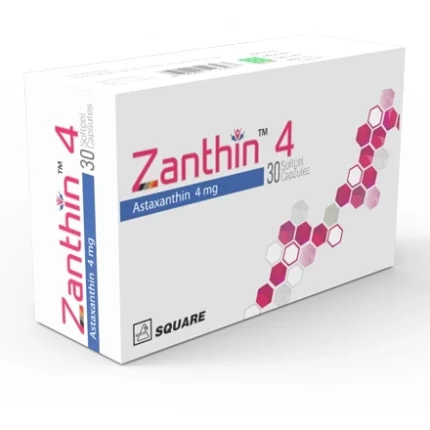Camlosart 5+40
200.00৳ Strip
Manage hypertension effectively with Camlosart, either alone or in combination with other medications, tailored to individual needs. Amlodipine and Olmesartan Medoxomil work synergistically to regulate blood pressure by inhibiting calcium influx and blocking angiotensin II effects. Dosage adjustments ensure optimal control, while precautions address potential side effects and contraindications.
 Brand
Brand
|
Square Pharmaceuticals PLC |
|---|---|
 Generics
Generics
|
Amlodipine Besilate + Olmesartan Medoxomil |
Indications
Recommended for managing hypertension either as a standalone treatment or alongside other antihypertensive medications to regulate blood pressure levels. Camlosart medication is suggested as an initial course for patients expected to require multiple antihypertensive medications to meet their blood pressure targets. The decision to commence combination therapy should be personalized, considering factors such as baseline blood pressure, desired target, and the likelihood of achieving the goal with a combination versus monotherapy. Blood pressure targets may vary depending on individual patient risks.
Pharmacology
Amlodipine, a dihydropyridine calcium channel blocker, inhibits the entry of calcium ions into vascular smooth muscle and cardiac muscle cells, with a stronger impact on vascular than cardiac cells. It acts as a peripheral arterial vasodilator, reducing peripheral vascular resistance and consequently lowering blood pressure.
Angiotensin II, a potent vasoconstrictor formed from angiotensin I via angiotensin-converting enzyme (ACE), plays a crucial role in hypertension pathophysiology. Olmesartan Medoxomil interferes with the vasoconstrictive and aldosterone-secreting effects of angiotensin II by selectively blocking its binding to the AT1 receptor, found in various tissues such as vascular smooth muscle and the adrenal gland.
Dosage & Administration
Tailor individualized treatment plans by substituting titrated components for patients using Amlodipine and Olmesartan Medoxomil. Adjust the dosage by increasing Amlodipine, Olmesartan Medoxomil, or both as necessary. Initiate therapy with 5/20 mg once daily for 1 to 2 weeks and titrate based on response, up to a maximum of 10/40 mg once daily. Consider initiating Amlodipine at 2.5 mg in patients aged 75 years or older due to reduced clearance. However, avoid starting with the combination drug in patients older than 75 years, as the lowest available dose is 5/20 mg.
Interaction
Combining angiotensin II receptor antagonists like Olmesartan Medoxomil with NSAIDs, including selective COX-2 inhibitors, may diminish the antihypertensive effect. Close monitoring of blood pressure, renal function, and electrolytes is essential for patients on combination therapy or using other agents affecting the renin-angiotensin system (RAS).
Contraindications
Avoid co-administration with Aliskiren in diabetic patients.
Side Effects
Common side effects may include peripheral edema, headache, flushing, dizziness, and intestinal issues resembling sprue-like enteropathy.
Pregnancy & Lactation
Pregnancy Category D. Avoid using the Amlodipine and Olmesartan Medoxomil combination during the 2nd and 3rd trimesters due to potential fetal harm. Discontinue treatment promptly upon pregnancy detection. It’s uncertain whether Olmesartan and Amlodipine are excreted in human milk; hence, weigh the benefits against potential risks before deciding to continue nursing.
Precautions & Warnings
Use Amlodipine and Olmesartan Medoxomil cautiously in:
- Patients with volume or salt depletion, as they may experience hypotension.
- Patients with severe aortic stenosis, as they may experience vasodilation.
- Patients with severe obstructive coronary artery disease, as they may experience an increase in angina frequency, duration, or severity.
Use in Special Populations
- Pediatric use: Safety and effectiveness not established.
- Geriatric use: No significant differences in safety or effectiveness observed between elderly and younger subjects.
- Renal impairment: Limited data available for patients with renal impairment.
- Hepatic impairment: Avoid initiating therapy in hepatically impaired patients.
Overdose Effects
No information available on human overdose effects.
Therapeutic Class
Combined antihypertensive preparations.
Storage Conditions
Store below 30°C, away from light, and keep out of reach of children.













Reviews
There are no reviews yet.